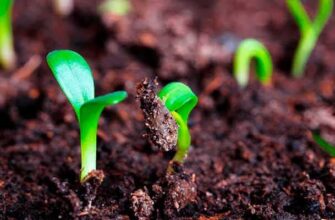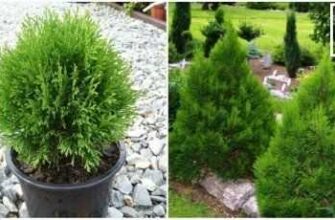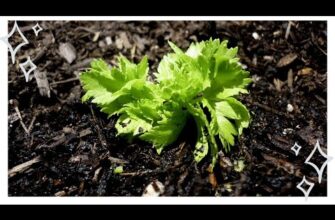- Выбор сорта лаванды для выращивания
- Основные факторы при выборе сорта
- Условия выращивания
- Полив
- Сочетание с другими цветами
- Подготовка почвы для выращивания лаванды
- Выбор почвы
- Освещение
- Полив
- Уход за растением
- Необходимые условия для роста
- Посадка лаванды: лучшее время и методы
- Время посадки
- Методы посадки
- Оптимальное время посадки
- Уход за лавандой: полив, подкормка, обрезка
- Регулярный полив и подкормка
- Борьба с вредителями и болезнями лаванды
- Вредители
- Болезни
- Основные вредители и болезни
- Сбор и сушка лаванды: правила и рекомендации
- Оптимальный момент для сбора
- Использование лаванды в ландшафтном дизайне
- Освещение и условия выращивания
- Сочетание цветов
- Уход и полив
- Вопрос-ответ:
- Какие сорта лаванды лучше всего подходят для выращивания?
- Какой климат подходит для выращивания лаванды?
- Как правильно ухаживать за лавандой?
- Какие цветы лучше всего сочетаются с лавандой?
- Как использовать лаванду в кулинарии и ароматерапии?
- Видео:
- Размножение ЛАВАНДЫ делением куста. Посадка лаванды.
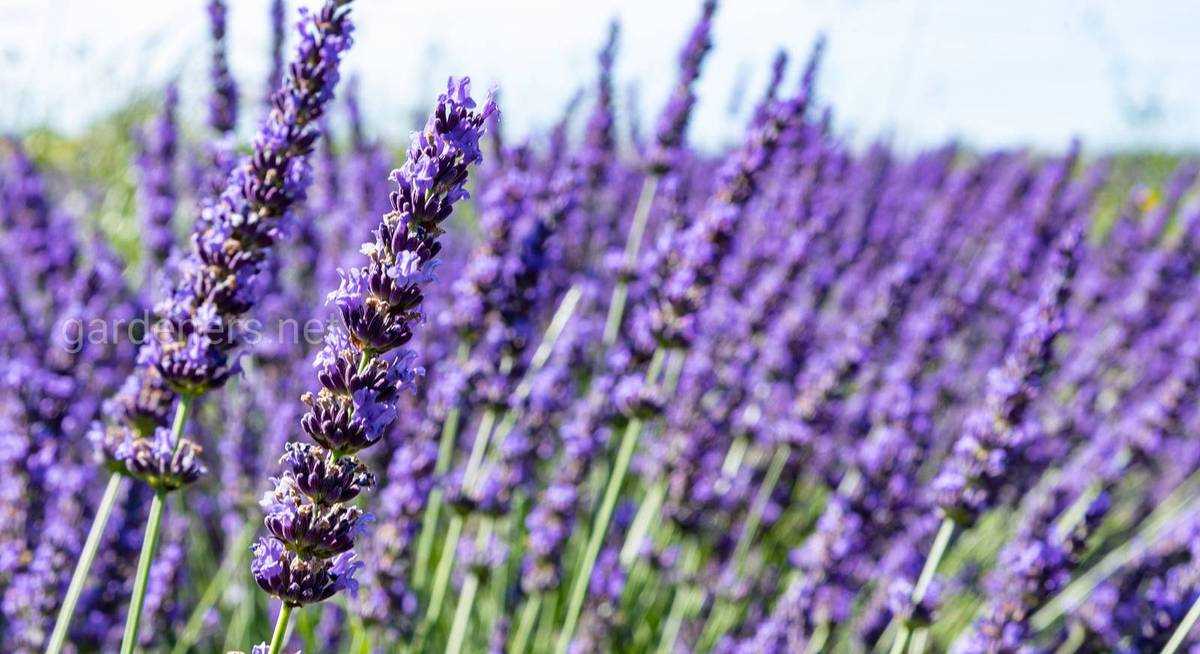
Лаванда – это красивое и ароматное растение, которое может стать настоящим украшением любого сада или садового участка. Однако, для успешного выращивания лаванды необходимо знать основные аспекты ее ухода и подбирать идеальные сочетания с другими цветами.
Первое, на что следует обратить внимание при выращивании лаванды – это условия, в которых она будет расти. Лаванда предпочитает солнечные и теплые места, поэтому выбирайте для нее открытые участки с хорошим освещением. Почва также играет важную роль в выращивании лаванды. Она должна быть хорошо дренированной и не слишком плодородной, иначе корни растения могут загнивать.
Уход за лавандой включает в себя регулярный полив и обрезку. Лаванда не требует частого полива, но в период сухости земля вокруг растения должна быть влажной. Обрезка лаванды проводится весной или осенью и помогает сохранить ее компактность и форму.
Идеальное сочетание лаванды с другими цветами может создать уникальный и эффектный вид вашего сада. Лаванда хорошо сочетается с различными цветами: фиолетовыми, белыми, розовыми и синими. Например, можно посадить лаванду рядом с розами или растениями синего цвета, чтобы создать контраст и гармонию в цветовой гамме сада.
Выращивание лаванды – это увлекательный процесс, который требует определенных знаний и умений. Однако, с правильным уходом и подбором сочетаний с другими цветами, лаванда станет настоящим украшением вашего сада и привлечет внимание своим ароматом и красотой.
Выбор сорта лаванды для выращивания
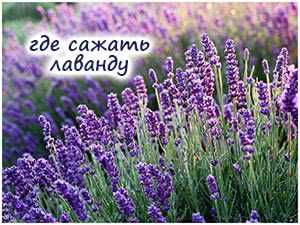
Выбор сорта лаванды является важным аспектом при выращивании этого растения. Разные сорта имеют свои особенности, которые следует учитывать при выборе для конкретных условий.
Одним из главных факторов, которые необходимо учесть при выборе сорта лаванды, является освещение. Некоторые сорта лаванды предпочитают яркое солнечное освещение, в то время как другие могут расти хорошо в полутени или даже в тени. Поэтому перед покупкой семян или саженцев лаванды необходимо учесть освещение места выращивания.
Также следует учесть сочетание лаванды с другими цветами. Лаванда хорошо сочетается с разнообразными цветами, такими как розы, ирисы, вербена и другие. При выборе сорта лаванды необходимо учитывать, какие цветы будут соседствовать с ней и какие эффекты будут созданы.
Условия выращивания также играют роль в выборе сорта лаванды. Некоторые сорта более устойчивы к холодным климатическим условиям, другие лучше переносят жару и засуху. Поэтому перед выбором сорта лаванды следует оценить климатические особенности места выращивания.
Помимо освещения и условий выращивания, важно также учесть полив и уход за растением. Некоторые сорта лаванды требуют большего количества влаги, в то время как другие предпочитают сухую почву. Поэтому перед выбором сорта лаванды необходимо учесть, какие условия полива и ухода будут обеспечены.
Основные факторы при выборе сорта
При выборе сорта лаванды для выращивания необходимо учесть несколько основных факторов, которые влияют на успешное выращивание и уход за растением.
Условия выращивания
Важно учитывать условия, необходимые для выращивания конкретного сорта лаванды. Некоторые сорта предпочитают солнечное освещение, другие могут выживать в полутени. Также стоит учитывать климатические условия, влажность воздуха и почвы, чтобы выбрать подходящий сорт.
Полив
Полив играет важную роль в уходе за лавандой. Некоторые сорта могут выживать в сухих условиях и требуют минимального полива, в то время как другие предпочитают умеренное увлажнение почвы. Переувлажнение может привести к гниению корней, поэтому важно подобрать сорт, который подходит для вашего стиля полива.
Сочетание с другими цветами
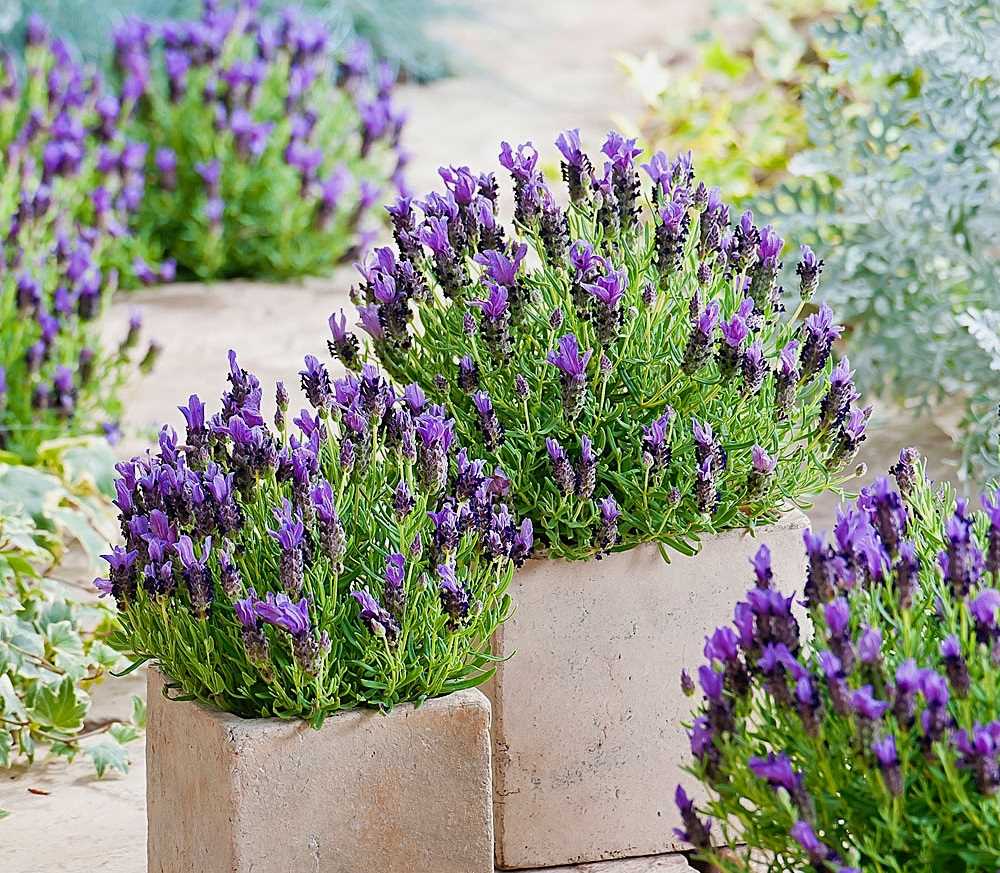
Выбирая сорт лаванды, стоит учесть его сочетание с другими цветами. Лаванда имеет разнообразные оттенки, от светло-фиолетовых до белых и розовых, поэтому она может прекрасно гармонировать с различными цветами. Например, сочетание лаванды с розовыми или белыми цветами создаст нежный и романтический образ.
Подготовка почвы для выращивания лаванды
Важным аспектом при выращивании лаванды является подготовка почвы. Для успешного выращивания этого растения необходимо выбрать правильную почву и обеспечить ее оптимальные условия.
Выбор почвы
Лаванда предпочитает песчаные или каменистые почвы с хорошей дренажной способностью. Она не выносит сырых и заболоченных участков, поэтому важно выбрать почву с хорошей водопроницаемостью.
Освещение
Лаванда требует яркого солнечного освещения, поэтому место для посадки следует выбрать с учетом этого фактора. Хорошим вариантом будет солнечный участок, защищенный от ветра.
Полив
После посадки лаванды важно обеспечить ей достаточный полив. В первые недели после посадки растение нуждается в регулярном поливе, чтобы корни хорошо закрепились в почве. Однако, после этого лаванда не требует большого количества влаги и переносит засуху.
Уход за растением
Для успешного выращивания лаванды необходимо поддерживать почву в хорошем состоянии. Регулярное рыхление и прополка помогут сохранить почву в чистоте и предотвратить рост сорняков. Кроме того, рекомендуется регулярно удобрять растение, чтобы оно получало необходимые питательные вещества.
Сочетание лаванды с другими цветами также является важным аспектом при выращивании этого растения. Лаванда хорошо сочетается с розами, истинникой, шалфеем и другими многолетними цветами. Разнообразие цветов в саду создаст красивый и уютный ландшафтный дизайн.
Необходимые условия для роста
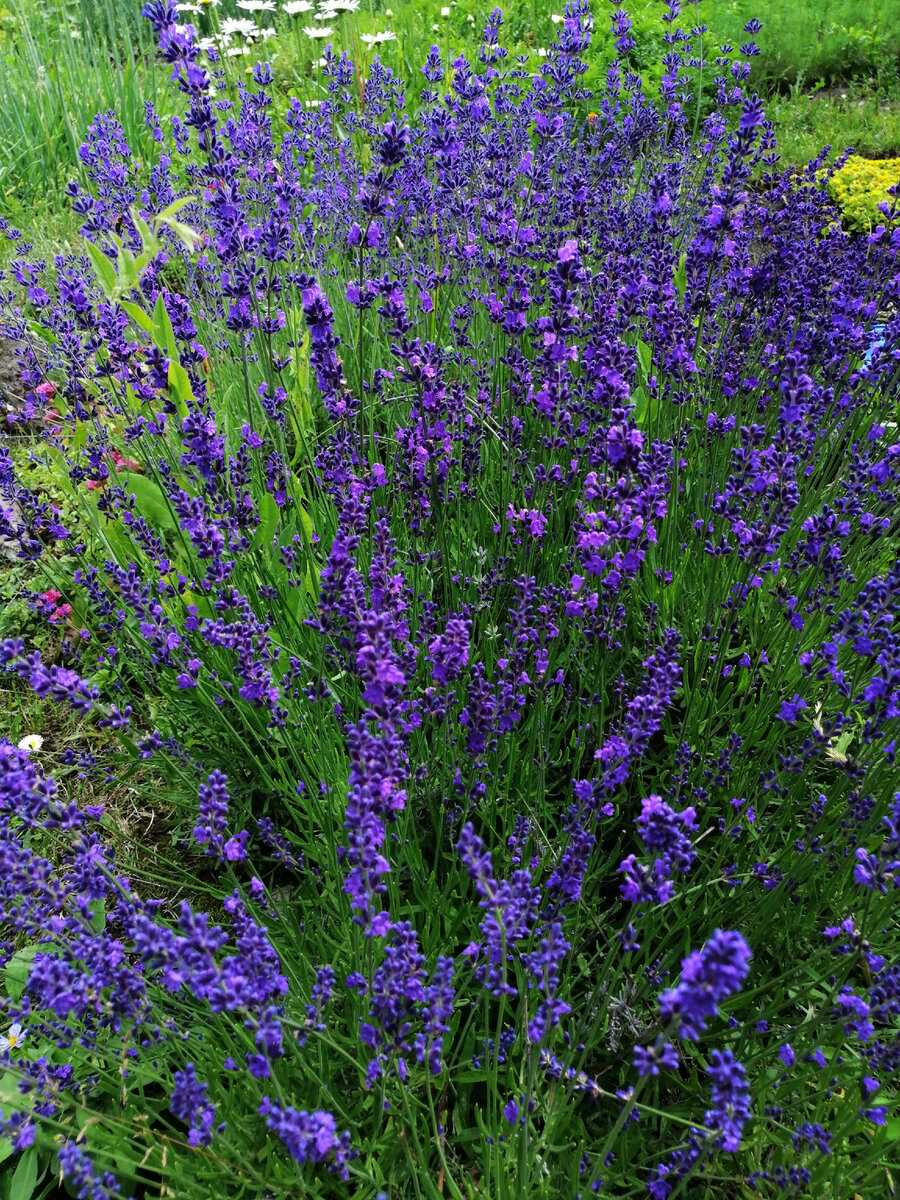
Для успешного выращивания лаванды необходимо обеспечить определенные условия, которые позволят растению развиваться и процветать. Одним из важных аспектов является правильный полив. Лаванда предпочитает сухую почву, поэтому полив следует осуществлять умеренно, избегая переувлажнения.
Освещение также играет важную роль в росте и развитии лаванды. Это растение требует яркого солнечного света, поэтому следует выбирать для него открытое и хорошо освещенное место.
Уход за лавандой также включает подготовку почвы. Растение предпочитает рыхлую и хорошо дренированную почву с нейтральной или слабокислой реакцией. Рекомендуется добавить органическое удобрение, чтобы обеспечить растению необходимые питательные вещества.
Идеальное сочетание лаванды с другими цветами также влияет на условия выращивания. Лаванда хорошо соседствует с такими растениями, как розы, ирисы, розмарин и сальвия. Они создают красивое и гармоничное комбинированное растение, а также могут способствовать взаимной защите от вредителей и болезней.
Посадка лаванды: лучшее время и методы
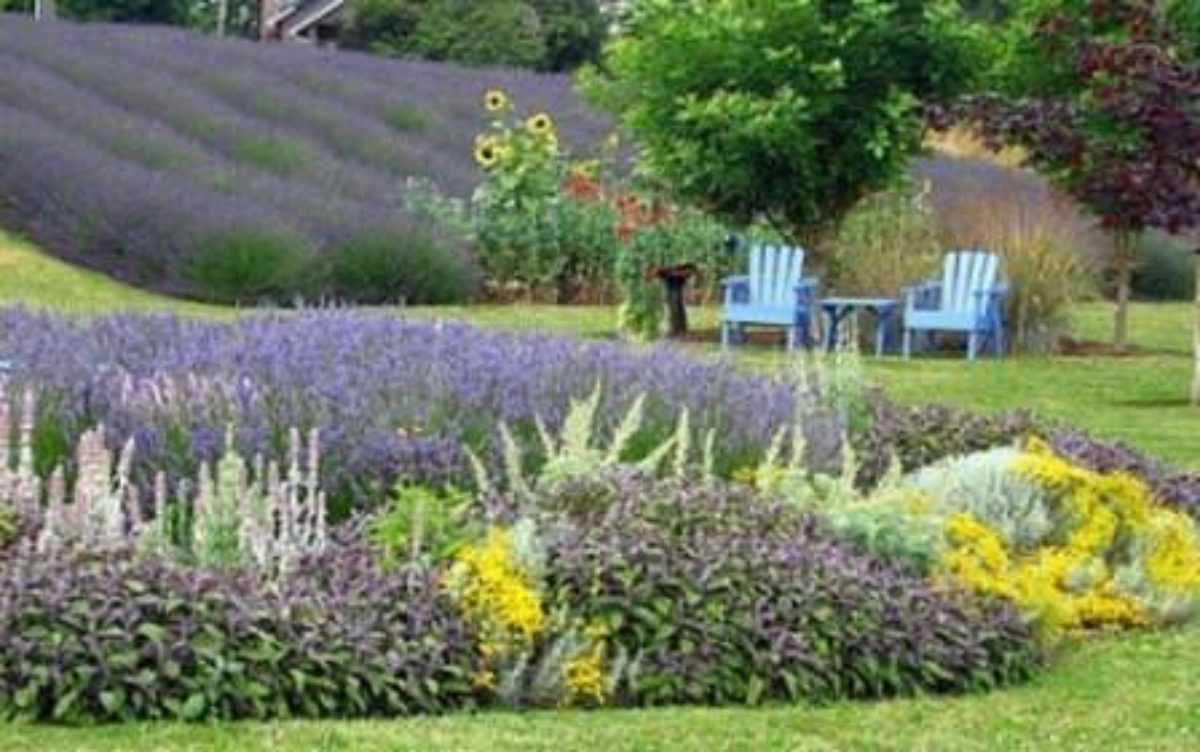
Выращивание лаванды — увлекательное и практичное занятие. Чтобы получить прекрасные сочетания цветов на вашем участке, необходимо правильно посадить лаванду. При выборе времени для посадки следует учитывать условия и климат вашего региона.
Время посадки
Лучшее время для посадки лаванды — весна или осень. Весной вы можете посадить рассаду лаванды, которую предварительно выращивали в горшках. Осенью же можно посадить лаванду напрямую в грунт. В обоих случаях важно выбрать теплый период года, когда минимальные ночные температуры не опускаются ниже 5 градусов Цельсия.
Методы посадки
При посадке лаванды важно учитывать условия вашего участка. Лаванда предпочитает солнечные места, поэтому выберите хорошо освещенное место для посадки. Почва должна быть хорошо дренированной, чтобы предотвратить застой воды, что может привести к гниению корней. Перед посадкой рекомендуется подготовить почву, добавив песок или грунт для кислых почв, чтобы обеспечить оптимальные условия для роста лаванды.
При посадке лаванды важно следить за правильным уходом. Регулярное поливание, удобрение и удаление сорняков помогут обеспечить здоровый рост растения. Постоянный контроль за состоянием лаванды позволит вам наслаждаться ее красотой и ароматом на вашем садовом участке.
Оптимальное время посадки
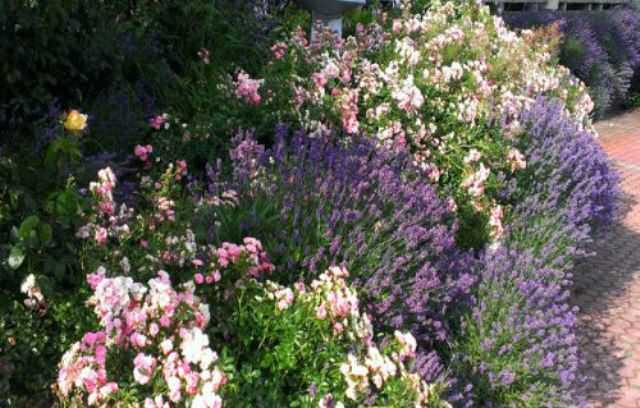
Условия для посадки лаванды должны быть максимально благоприятными, чтобы обеспечить ей хороший старт в процессе выращивания. Правильно выбранное время для посадки является важным фактором успеха.
Лаванда предпочитает солнечные места, поэтому лучшим временем для посадки является весна или начало лета, когда освещение достаточно интенсивное. В это время года растение получает достаточно солнечного света для своего полноценного роста и развития.
Важно также обратить внимание на состояние почвы и провести подготовительные работы перед посадкой. Почва должна быть хорошо дренированной и богатой питательными веществами. Если почва слишком тяжелая или сильно увлажненная, можно добавить песок или перегной для улучшения ее структуры.
Так стоп!!! Вы всё ещё не подписаны на наши каналы в Телеграмм и Дзен? Посмотрите: ТГ - (@historyfantasydetectivechat) и Дзен (https://dzen.ru/myshortsstorys)
Полив является важным аспектом ухода за лавандой, и поэтому необходимо правильно организовать систему полива. Растение нуждается в умеренном поливе, чтобы избежать переувлажнения корневой системы. Следует учитывать, что лаванда устойчива к засухе, поэтому можно ограничить количество поливов в период дождей.
Таким образом, оптимальное время для посадки лаванды — весна или начало лета, когда обеспечены хорошие освещение и температурные условия. Важно также обратить внимание на состояние почвы и обеспечить растение умеренным поливом для успешного выращивания и ухода за ним.
Уход за лавандой: полив, подкормка, обрезка
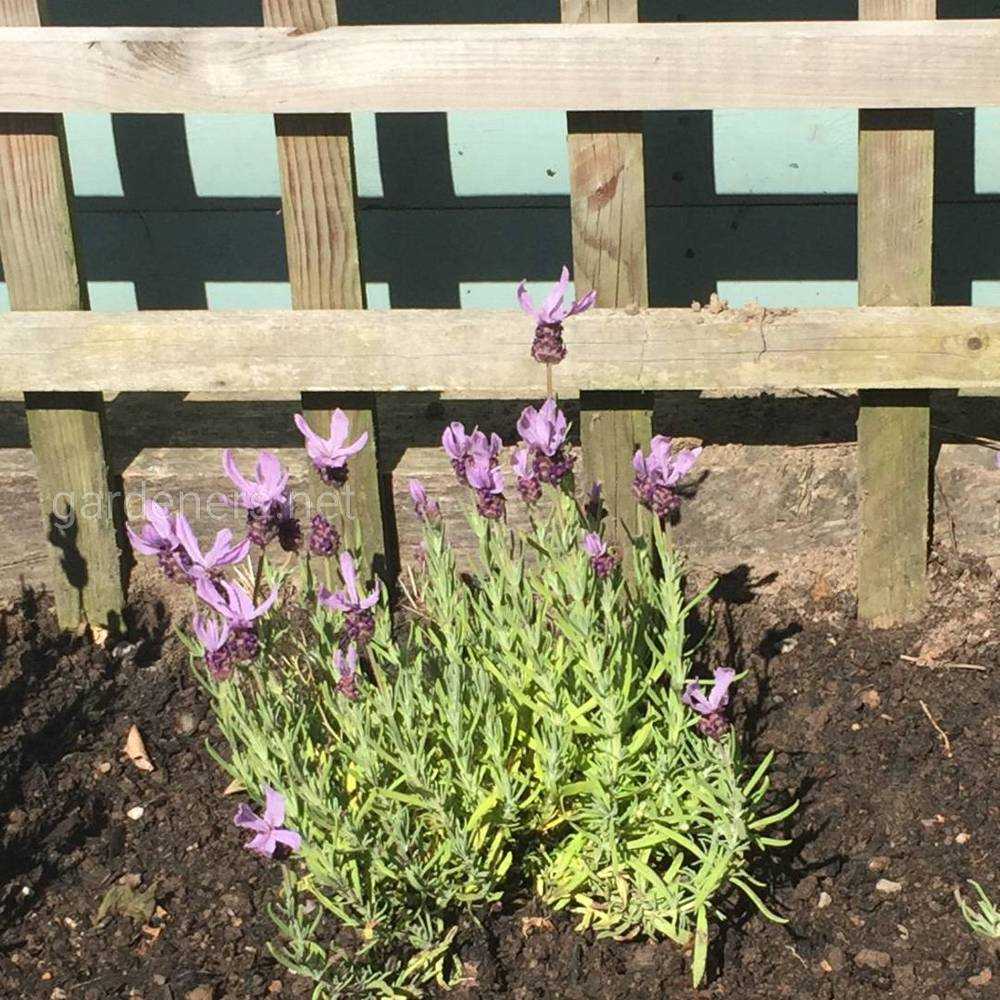
Уход за лавандой является важным аспектом ее выращивания. Правильное поливание является одной из основных задач при уходе за этим растением. Лаванда требует сухой почвы и не выносит избыточной влаги, поэтому важно не переувлажнять почву.
Полив лаванды следует проводить регулярно, но умеренно. Оптимальное количество поливов составляет один-два раза в неделю в период активного роста и цветения. В период зимнего покоя поливы можно сократить до минимума. Важно помнить, что полив следует проводить не прямо на листья и цветы растения, а у корней.
Подкормка играет также важную роль в уходе за лавандой. Для обеспечения хорошего роста и цветения растения рекомендуется внести органические удобрения, такие как компост или перегной. Подкормку следует проводить весной, перед началом роста растения, и в середине лета, чтобы поддержать цветение.
Обрезка является неотъемлемой частью ухода за лавандой. Регулярная обрезка помогает сохранить растение аккуратным и стимулирует его рост. Правильное время для обрезки лаванды — в начале весны или после цветения. Обрезку следует проводить аккуратно, удаляя отцветшие цветы и сухие ветки. Также можно проводить формировочную обрезку для сохранения желаемой формы куста.
Регулярный полив и подкормка
Выращивание лаванды требует определенных условий и правильного ухода. Одним из важных аспектов является регулярный полив растений.
Лаванда предпочитает солнечное освещение, поэтому выберите место с хорошей освещенностью для выращивания этих ароматных цветов.
Условия полива также важны для успешного выращивания лаванды. Этот растение любит сухую почву, поэтому поливайте его умеренно и регулярно. Избегайте переувлажнения, чтобы избежать гниения корней и гибели растения.
Подкормка также важна для здорового роста и развития лаванды. Рекомендуется использовать удобрения, богатые фосфором и калием, чтобы усилить цветение и улучшить общее состояние растения.
Важно помнить, что лаванда хорошо сочетается с другими цветами. Вы можете создать красивые и эстетически привлекательные композиции, сочетая лаванду с другими цветами, такими как розы, ромашки или ирисы. Это добавит разнообразия и красоты в ваш сад.
Борьба с вредителями и болезнями лаванды
Для успешного выращивания лаванды необходимо уделить внимание борьбе с вредителями и болезнями. Уход за растением включает регулярный осмотр и принятие мер по предотвращению и лечению возможных проблем.
Вредители
Одним из наиболее распространенных вредителей лаванды являются тля и мучнистый червец. Они питаются соками растения, что может привести к его ослаблению и засыханию. Для борьбы с тлей можно использовать мягкие инсектициды или приготовленное настоем чеснока с мылом. Против мучнистого червца эффективны препараты на основе серной кислоты или фунгициды.
Болезни
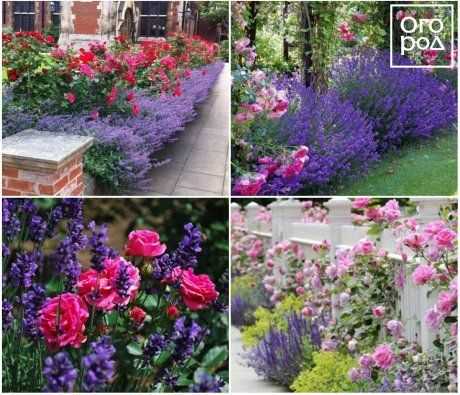
Лаванда может страдать от различных болезней, таких как серая гниль или пятнистость листьев. Для предотвращения этих проблем необходимо обеспечить растению правильные условия выращивания. Важно поддерживать оптимальные условия полива и освещения, а также выбирать подходящую почву. В случае появления болезней рекомендуется применять фунгициды или другие средства, рекомендованные для борьбы с определенными заболеваниями.
Основные вредители и болезни
Выращивание лаванды требует определенных условий и ухода, так как растение может подвергаться атакам вредителей и заболеваний. Одним из главных проблемных моментов является правильное поливание. Лаванда предпочитает сухую почву, поэтому избыточный полив может привести к гниению корней и развитию грибковых инфекций.
Другим распространенным вредителем лаванды является цветочная муха, которая питается соками растения и оставляет пятна на листьях. Также лаванда может пострадать от тли, которая высасывает соки из бутона цветка, препятствуя его нормальному развитию. Для борьбы с этими вредителями можно использовать специальные инсектициды или биологические препараты.
Как и любые другие растения, лаванда может страдать от различных болезней. Наиболее распространенными являются мучнистая роса и серая плесень. Мучнистая роса проявляется в виде белых налетов на листьях и стеблях, а серая плесень — в виде сероватых пятен. Для профилактики этих болезней рекомендуется обеспечить хорошую вентиляцию и не перенасыщать растение влагой.
Сбор и сушка лаванды: правила и рекомендации
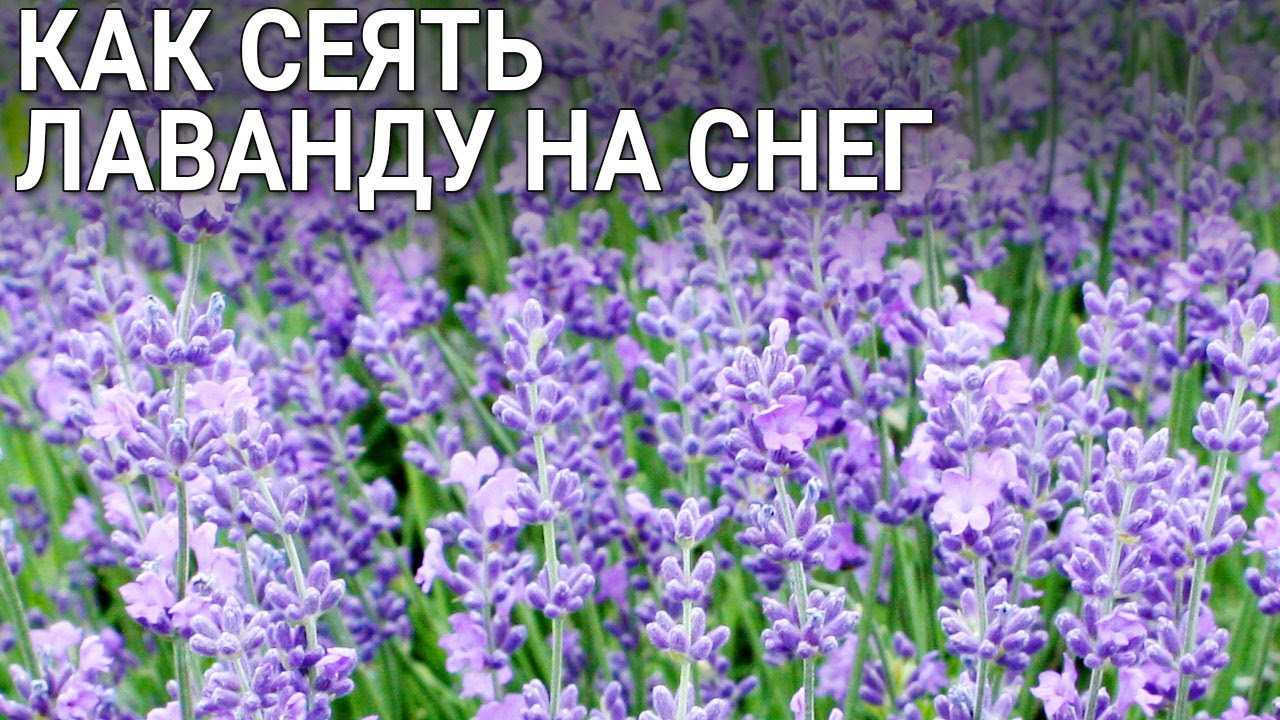
Лаванда является растением, которое предпочитает легкую и хорошо дренированную почву. Перед сбором лаванды необходимо осуществить полив, чтобы почва была немного влажной, но не переувлажненной. Это поможет лучше собирать цветы и сохранить их аромат и цвет.
Когда наступает время сбора, лучше всего собирать лаванду в сухую и безветренную погоду. Выберите цветущий период, когда бутоны лаванды только начинают раскрываться. Перед сбором, обрезайте стебли лаванды на высоте около 15-20 см от земли.
После сбора лаванды, чтобы сохранить ее аромат и красоту, необходимо провести процесс сушки. Лучше всего сушить лаванду в темном и хорошо проветриваемом месте, чтобы избежать потери аромата и цвета. Лаванду можно сушить в висячем состоянии, собрав стебли в пучок и перевязав их. Также можно сушить лаванду, расположив ее на сухой поверхности в один или два слоя.
Условия сушки очень важны для сохранения качества лаванды. Важно избегать прямого солнечного света, чтобы избежать выгорания лепестков и потери аромата. Сушите лаванду до полного высыхания, когда цветы станут хрупкими и листья начнут легко отслаиваться.
После полной сушки, можно отделить цветы от стеблей и хранить их в стеклянных банках или пакетах из бумаги. Храните сушеную лаванду в прохладном и темном месте, чтобы сохранить ее аромат и свежесть на протяжении длительного времени.
Оптимальный момент для сбора
Для оптимального сбора лаванды важно учесть несколько факторов, включая освещение и состояние растения. Оптимальное время для сбора лаванды — это утро или вечер, когда солнце не так ярко освещает растение. В это время лаванда находится в своей наиболее активной фазе роста и содержит максимальное количество эфирных масел, которые придают ей уникальный аромат и свойства.
Перед сбором лаванды необходимо убедиться, что растение достаточно зрелое и здоровое. Внимательно осмотрите лаванду и оцените ее состояние: листья должны быть зелеными и упругими, цветы — сочными и зацветшими. Если вы заметили какие-либо повреждения или болезни, рекомендуется удалить такие растения из участка.
Для сбора лаванды используйте острые ножницы или секатор. Отрезайте цветоносы снизу, оставляя 1-2 сантиметра от листьев. Собранные цветы можно сушить или использовать для приготовления ароматных саше, масел или других изделий.
Использование лаванды в ландшафтном дизайне
Лаванда — это растение, которое прекрасно сочетается с другими цветами в ландшафтном дизайне. Она может использоваться как основной акцент или в качестве дополнительного элемента для создания красивых композиций.
Освещение и условия выращивания
Для успешного выращивания и использования лаванды в ландшафтном дизайне необходимо учесть освещение и условия роста. Лаванда предпочитает солнечные места и хорошо растет на открытых участках с хорошо дренированной почвой. Она также может выдерживать засушливые периоды, поэтому не требует частого полива.
Сочетание цветов
Использование лаванды в сочетании с другими цветами позволяет создавать интересные композиции. Лаванда хорошо сочетается с голубыми и фиолетовыми оттенками, что создает гармоничный и спокойный образ. Она также может быть использована в сочетании с яркими и контрастными цветами, чтобы создать яркую и энергичную атмосферу.
Уход и полив
Уход за лавандой в ландшафтном дизайне включает регулярное обрезание для поддержания формы и стимулирования роста. Также необходимо удалять выцветшие цветы, чтобы поддерживать аккуратный вид растения. Лаванда не требует частого полива, но в периоды засухи следует обеспечить ей достаточное количество влаги.
Использование лаванды в ландшафтном дизайне добавляет красоты и аромата в садовые композиции. Ее сочетание с другими цветами, правильный уход и создание оптимальных условий для выращивания позволят создать привлекательный и гармоничный ландшафтный дизайн.
Вопрос-ответ:
Какие сорта лаванды лучше всего подходят для выращивания?
Для выращивания лаванды лучше всего подходят сорта Lavandula angustifolia, такие как «Муни», «Хидкотт», «Ангустифолия» и другие. Они обладают отличным ароматом и красивыми цветами.
Какой климат подходит для выращивания лаванды?
Лаванда предпочитает средиземноморский климат с теплыми летами и мягкими зимами. Она хорошо растет на солнечных и защищенных от ветра местах. Однако некоторые сорта лаванды могут выжить и в более холодных регионах.
Как правильно ухаживать за лавандой?
Лаванда требует небольшого количества ухода. Важно регулярно поливать растение, особенно во время сухого периода. Также рекомендуется обрезать цветоносы после цветения и удобрять почву органическими удобрениями.
Какие цветы лучше всего сочетаются с лавандой?
Лаванда прекрасно сочетается с различными цветами. Она может быть отличным дополнением к розам, астрам, ирисам, мятлику, ромашке и другим цветам. Кроме того, лаванда выглядит замечательно в садовых композициях с орхидеями, душицей и розмарином.
Как использовать лаванду в кулинарии и ароматерапии?
Лаванда может быть использована в кулинарии для добавления аромата и вкуса в различные блюда. Ее цветки часто используются для приготовления чая, десертов и кондитерских изделий. В ароматерапии лаванда используется для создания расслабляющего и успокаивающего эффекта. Ее масло можно добавлять в аромалампы, массажные масла и косметические средства.


